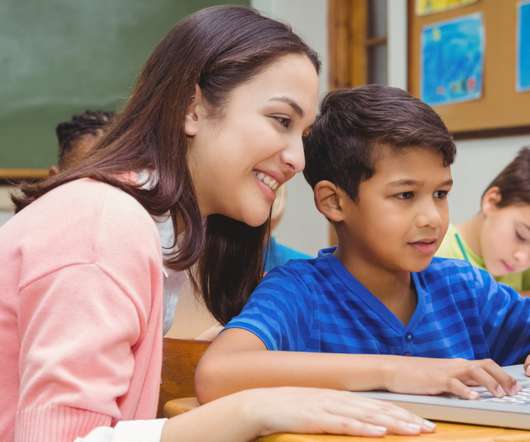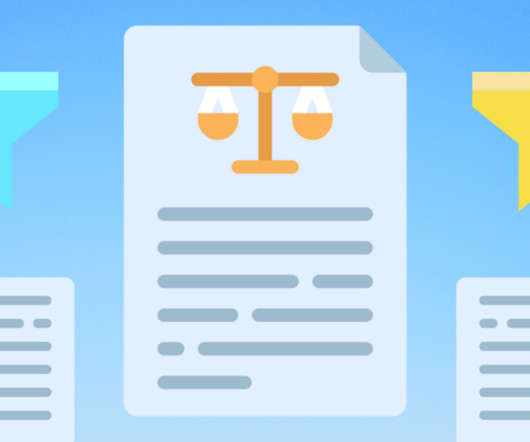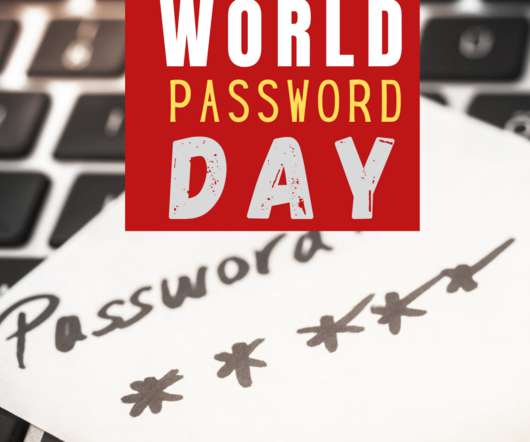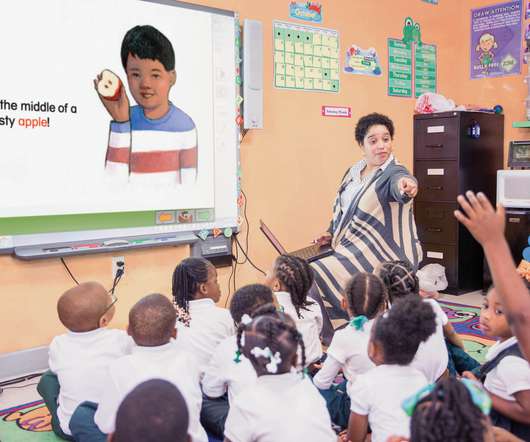Creating a safe environment for online learning
Neo LMS
MAY 25, 2021
Teachers in all fields saw their lives turned upside down with the arrival of COVID-19, with most having to resort to remote learning. From an email address to a social security number, just about any piece of personal information can be used by cybercriminals for malicious means. That advice goes both ways. Limit cyberbullying.






















Let's personalize your content